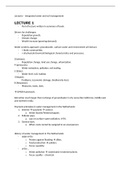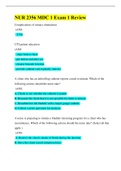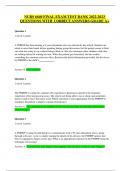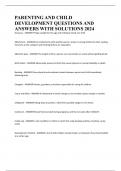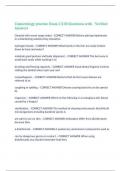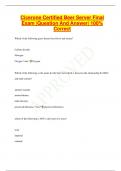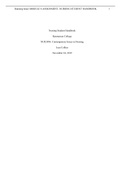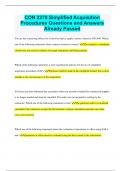Samenvatting
Summary of all lectures of the course 'Integrated Water & Soil Management'
Extensive summary of all the lectures given for the course 'Integrated Water & Soil Management'. All the info you need to know for the exam (I got a 7.5 for the exam, and a 8.5 for the essay for this course).
[Meer zien]
